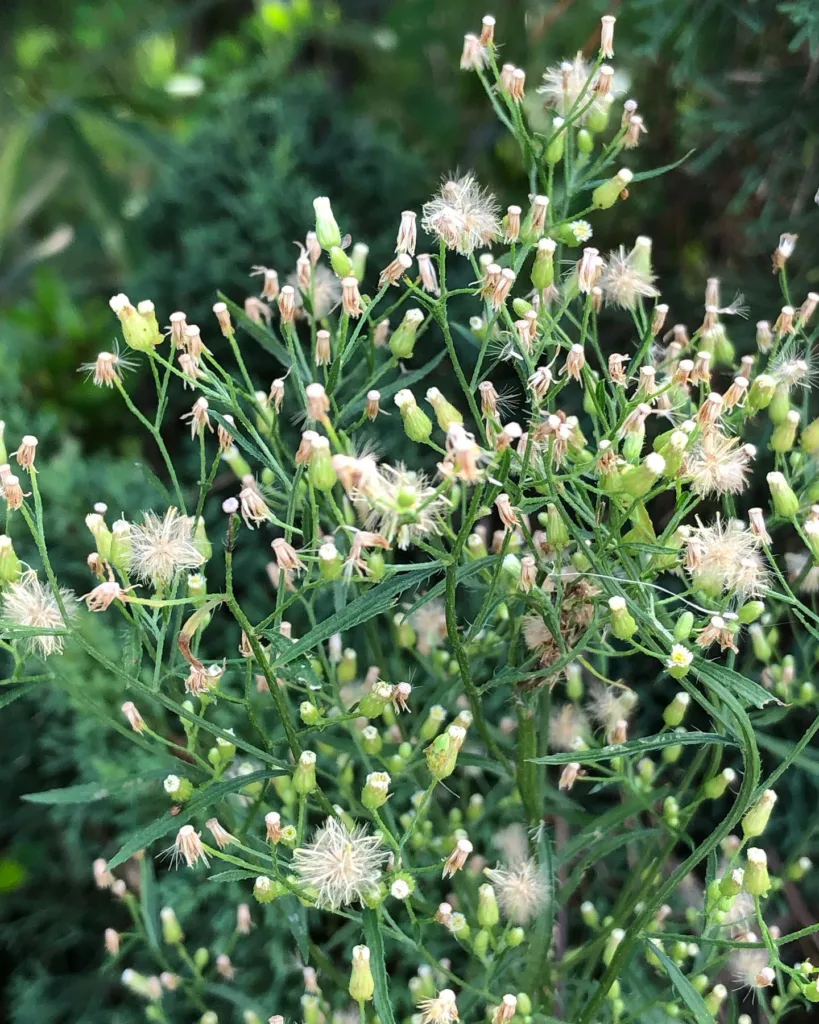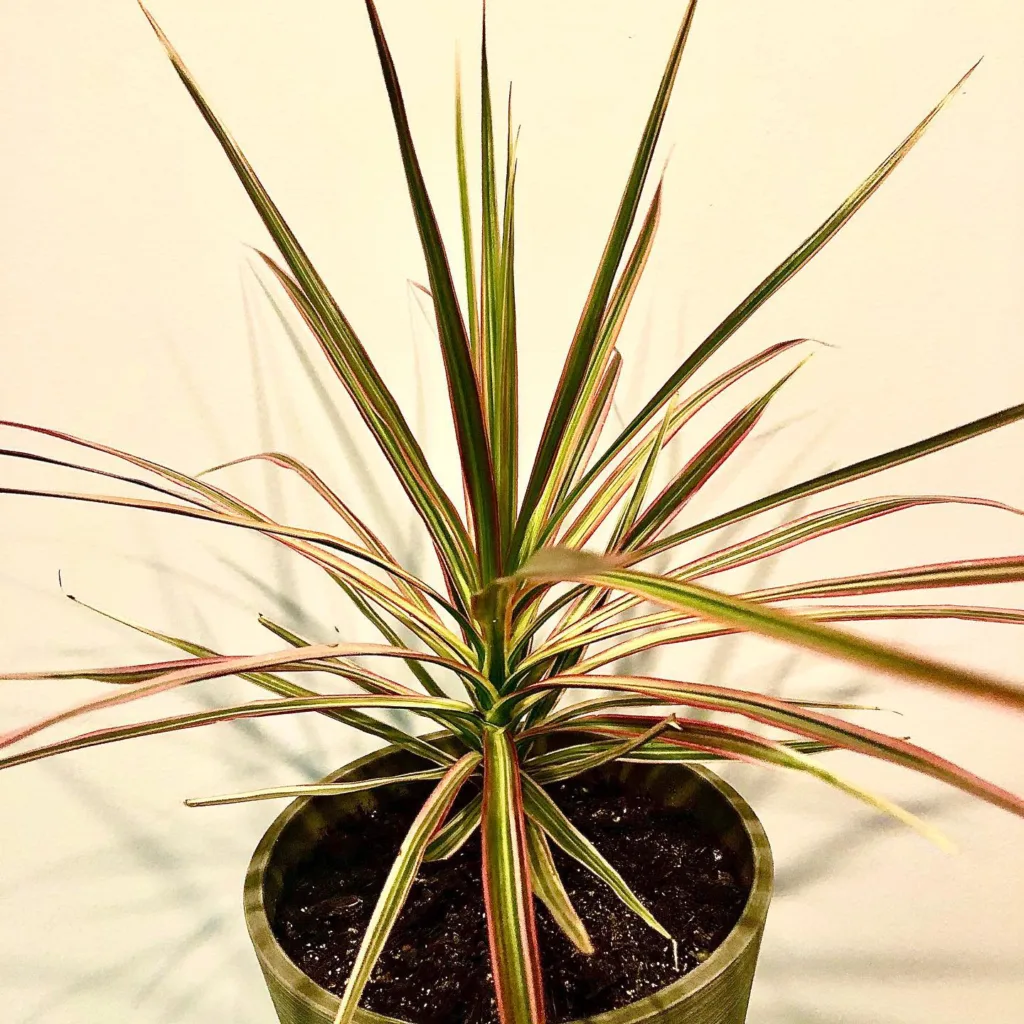A Journey into the Nyssaceae Family: A Closer Look with Ferb Vu
As a plant enthusiast, I, Ferb Vu, am always eager to explore the diverse world of flora. Today, I invite you to join me on a journey into the captivating realm of the Nyssaceae family, a group of trees that hold both ecological and horticultural significance.
The Nyssaceae Family: A Brief Overview
The Nyssaceae family, commonly referred to as the tupelo or blackgum family, comprises a small group of deciduous trees native to North America and East Asia. These trees are renowned for their striking autumn foliage, which transforms landscapes into vibrant tapestries of color. Beyond their aesthetic appeal, Nyssaceae trees play a crucial role in their ecosystems, providing food and shelter for various wildlife species.
Genera Within the Nyssaceae Family
The Nyssaceae family encompasses several genera, each with its unique characteristics and distribution:
- Nyssa: This genus, commonly known as tupelo, includes trees such as the water tupelo (Nyssa aquatica) and the black tupelo (Nyssa sylvatica). These trees are typically found in wetland habitats and are well-adapted to periodic flooding. – 10 Species in Genus Nyssa
- Camptotheca: This genus is represented by the species Camptotheca acuminata, commonly called the happy tree. Native to China, this tree is known for its medicinal properties, particularly the presence of camptothecin, a compound used in cancer treatment.
- Davidia: This genus includes the species Davidia involucrata, commonly referred to as the dove tree or handkerchief tree. Native to China, this tree is admired for its unique bracts, which resemble white doves or handkerchiefs. – Davidia Involucrata of Genus Davidia – Dove Tree – Handkerchief Tree
- Diplopanax: Diplopanax is a captivating genus of evergreen trees that thrive in the misty, humid environments of the wet tropical mountains of Vietnam and southern China. These majestic trees, reaching impressive heights, are distinguished by their broad, leathery leaves that form a dense canopy, creating a sense of verdant seclusion in their understory. Their flowers, though small and often inconspicuous, cluster together in delicate inflorescences, contributing to the overall beauty of these trees.
- Mastixia: A genus of evergreen trees, usually placed in the family Cornaceae, with a range extending from India through Southeast Asia and New Guinea to the Solomon Islands, characterized by their alternate or opposite simple broad leaves, many-flowered inflorescences, and blue to purple drupaceous fruits.
Ecological Significance of the Nyssaceae Family
The Nyssaceae family plays a vital role in maintaining ecological balance. Their fruits serve as a valuable food source for birds and mammals, while their dense foliage provides nesting sites and shelter. In wetland ecosystems, tupelo trees help stabilize soil and reduce erosion, contributing to the overall health of these delicate habitats.
Horticultural Value of the Nyssaceae Family
Nyssaceae trees are also highly valued in horticulture for their ornamental qualities. Their vibrant autumn foliage, ranging from fiery red to golden yellow, adds a spectacular touch to gardens and landscapes. Additionally, some species, such as the dove tree, offer unique floral displays that capture the imagination.
Conservation Concerns and Future Outlook
While some Nyssaceae species are relatively common, others face conservation challenges due to habitat loss and fragmentation. It’s essential to protect these trees and their ecosystems to ensure their continued existence for future generations. Through sustainable forestry practices and habitat restoration efforts, we can contribute to the preservation of this remarkable family of trees.
Conclusion
The Nyssaceae family represents a fascinating group of trees that enrich our world with their beauty and ecological significance. From the vibrant tupelos of North America to the unique dove tree of China, each species within this family holds a special place in the tapestry of life. As we continue to explore and appreciate the wonders of the natural world, let us not forget the importance of conserving these remarkable trees and the ecosystems they support.
If i die, water my plants!



